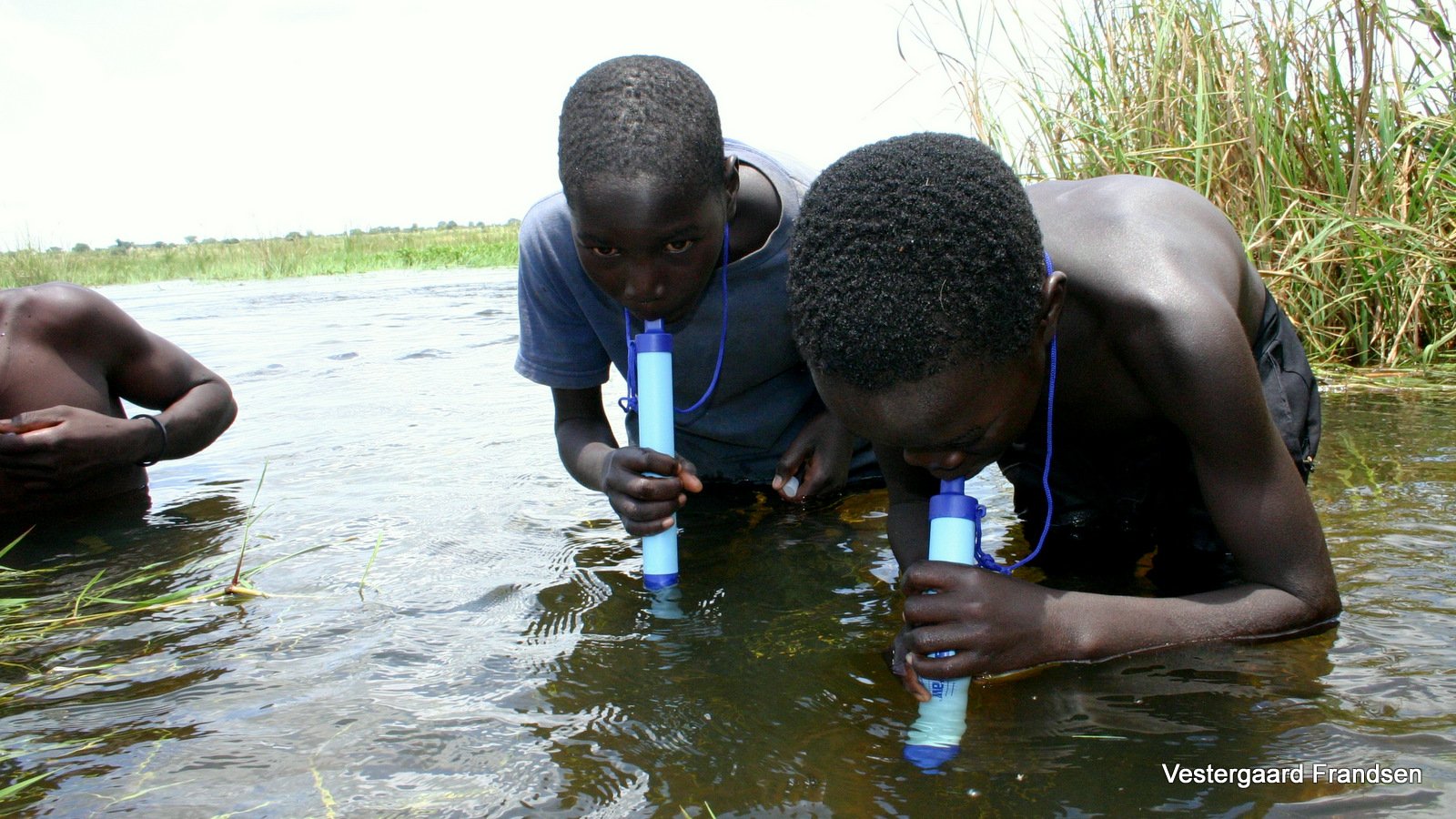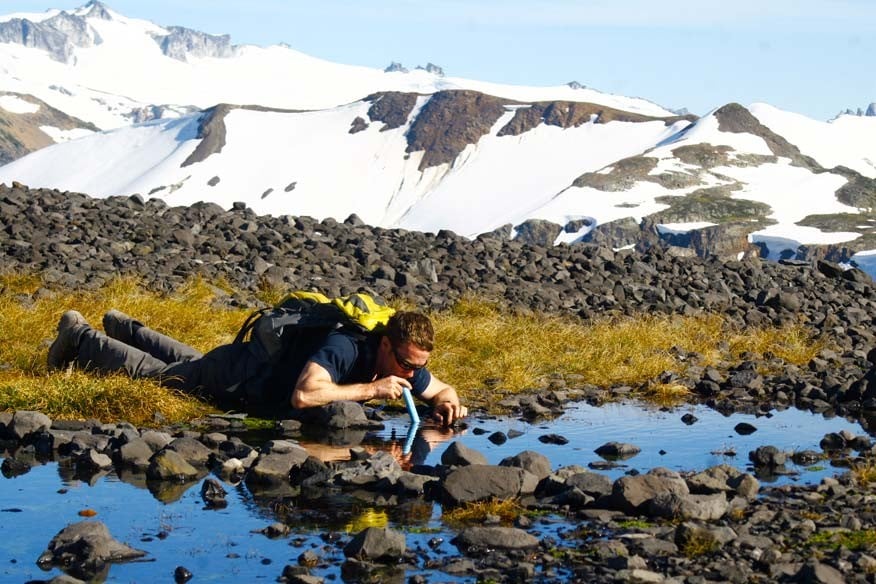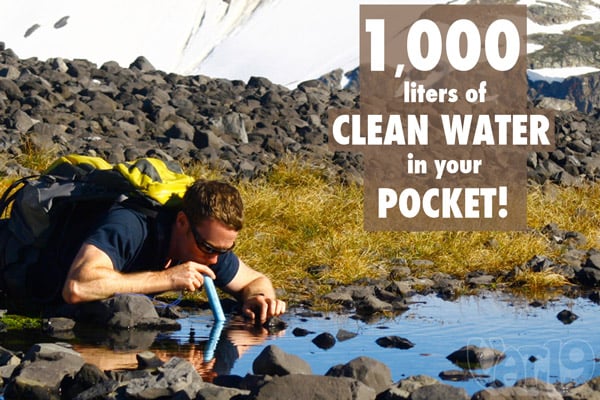Sign in
Contact
All about Lifestraw systems

How does LifeStraw work?
The LifeStraw filters (LifeStraw, LifeStraw Go and LifeStraw Steel)
use a hollow tube membrane microfiltration with
0.2 micron pores. The LifeStraw purifiers (LifeStraw Family
and LifeStraw Mission) use micro membrane filtration
with hollow tubes with pores of 0.02 micron. This means that
the contaminated water enters the LifeStraw, the microorganisms are
physically removed and what comes out is drinking water.
Imagine tiny little tubes with even smaller pores that
traps contaminants but allows water to pass through. None
of LifeStraw products does not use chemicals, requires
of a pumping action or energy source (such as a
batteries).
What does LifeStraw filter?
The LifeStraw filters (LifeStraw, LifeStraw Go and LifeStraw Steel)
remove 99.9999% of bacteria and 99.9% of protozoa
present in the water by means of membrane microfiltration at
hollow fibers. Their 0.2 micron pores physically eliminate
bacteria and protozoa in the water. This meets US standards
EPA for drinking water. LifeStraw filters yield 1,000 litres
(264 gallons) of drinking water. LifeStraw purifiers (LifeStraw
Family and LifeStraw Mission) remove 99.9999% of the bacteria,
99.999% of viruses and 99.99% of protozoa in water
using hollow fiber membrane ultra filtration. Their
0.02 micron pores physically remove bacteria, viruses and bacteria.
water protozoa. These purifiers meet the following standards
US EPA for drinking water. LifeStraw purifiers give 18
000 litres (4,755 gallons) of drinking water.

What do LifeStraw filters and purifiers not remove?
LifeStraw Filters (LifeStraw, LifeStraw Go and LifeStraw Steel)
and LifeStraw purifiers (LifeStraw Family and LifeStraw
Mission) do not remove dissolved contaminants from the water, y
including chemicals (such as arsenic) or the salt of
salt water. They should not be used in areas
where chemical contamination is known to occur and should not be
be used for seawater. The LifeStrawSteel is a filter
which includes an activated carbon filter in addition to the micro
hollow fibre filter. It not only removes bacteria and
protozoa, but also certain chemical products
(including chlorine) and certain types of fertilizers and pesticides.
This carbon capsule should be changed every 3 months. The
LifeStraw Steel does not remove salt from salt water and, like
all other LifeStraw products, should not be used to
the demer water.
Are LifeStraw filters and purifiers temperature sensitive?
It is not recommended to store LifeStraw products in the following places
places that are regularly above 43 degrees Celsius
Celsius / 110 degrees Fahrenheit. Freezing can damage the filter
LifeStraw. If your LifeStraw product has been used and the filter has been
contains water, sub-zero temperatures can be very high.
cause the water to expand and damage the filter. If your LifeStraw has frozen
after use, it is better not to use it.
Where do LifeStraw products come from?
The LifeStraw products are developed in Switzerland by Vestergaard and
our technology partner is located in South Korea.
South.
How do I know if my LifeStraw has reached the end of its life?
Your LifeStraw's output will decrease and then stop letting
pass the water when he reached the end of his life. You can
Increase longevity by cleaning the LifeStraw after each use.
use. What's really good about it is that you won't be drinking
never contaminated water that has passed through a LifeStraw; when
the water stops flowing through, you know it's time to stop.
change!


